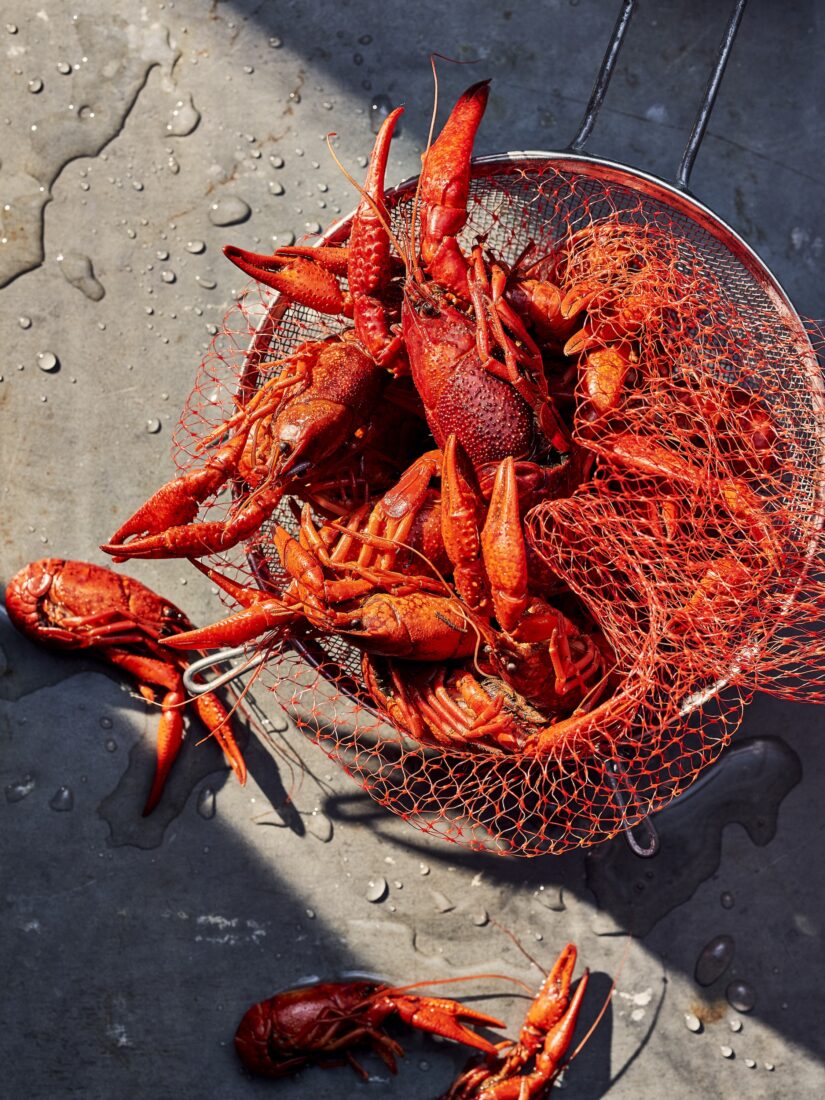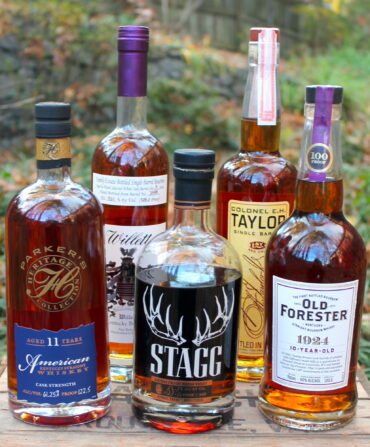They’re nicknamed “mudbugs” for a reason. The natural behavior of crawfish farmed in rice-paddy ponds across South Louisiana is to dig watery burrows to escape summer heat and spawn in semi-hibernation. But last summer’s intense drought dried up even irrigated ponds, cracked open the clay soil, and baked those burrows. Mature crawfish and brood stock died by the hundreds of millions, and those survivors that did emerge in the fall were further depleted by an atypical freeze in early 2024. This double wallop of weather has spelled disaster for the current season, a time when crawfish lovers across the region are accustomed to attending backyard boils or picking up a few pounds from a local seafood market on the way home from work.

“We’ve had droughts before, but this is the worst I’ve seen in my forty years of being an extension agent connected to the crawfish industry,” says Mark Shirley, a crawfish specialist with LSU AgCenter and Louisiana Sea Grant. “My best estimation is that many farms lost 85 to 95 percent of their brood stock, and some ponds lost 100 percent.”
That could mean a $300 million pinch to Louisiana’s economy. In early March, Governor Jeff Landry issued an official disaster declaration for the state’s crawfish industry.
“We knew it was bad when farmers were catching one crawfish in every other trap, when it should be eighteen to thirty per trap,” Shirley says. “It was taking 1,400 traps to yield a bag of crawfish. They’re struggling just to recoup costs. It’s gotten a bit better now, but yesterday I talked to a buyer who was happy to be getting just 20 percent of what he was getting last year.”
Crawfish are not immune to the law of supply and demand. Shortages have caused prices to double and triple for consumers of all types, including Frankie & Johnny’s, an Uptown New Orleans restaurant that has been serving local seafood and po’boys since 1942. “Usually when the season starts, the amount of crawfish coming into the city is crazy,” says owner David McCelvey, who knows the local scene well, having previously helmed kitchens at Emeril’s and NOLA. “It’s a lot of fun—restaurants cash in on the appetite for crawfish and the hysteria that goes along with it. For a lot of restaurants here, crawfish season is their year. It’s when they make a majority of their money. The shortage has been a big hit not just for us, but to a degree for the whole city.”
McCelvey considers himself lucky in that Frankie & Johnny’s isn’t as dependent on big crawfish boils as some other eateries are, and always offers boiled shrimp as an alternative. That said, the restaurant regularly moves 1,200 pounds of boiled crawfish on weekends at the height of the season, and has had to adjust to this year’s reality. Due to supply and price, crawfish appeared on the menu later than usual, and just on weekends so far. (While being interviewed, McCelvey received notice from a supplier of another potential price increase.) The restaurant is currently passing along the expense to customers at nine dollars per pound—several dollars higher than in recent years. “Everyone would like to have it cheaper, including me, but we haven’t gotten too much pushback on price,” McCelvey says. “It is what it is. I can’t turn around and start selling boiled peanuts and generate the same enthusiasm as for crawfish.”
A modicum of relief may be on the way. The overlapping season for wild crawfish from south central Louisiana’s Atchafalaya Basin delta begins in April, and though these “spillway crawfish” account for only about 15 percent of Louisiana’s total production, a solid harvest could loosen things up a bit. Even if that occurs, though, the season’s disastrous start is likely to have ongoing ramifications. “Some crawfish farmers won’t have the money to restock all their ponds, which will mean fewer crawfish and higher prices through the end of the season in May,” Shirley says. “And it’s on everyone’s mind that if we have another dry year, they’ll have to make some tough management decisions.”
McCelvey concurs that climate unpredictability is weighing on the industry. “That’s the elephant in the room, if these weather anomalies are going to become more frequent, and I don’t think any of us have the answer,” he says. “We’ll just have to wait and see.”








